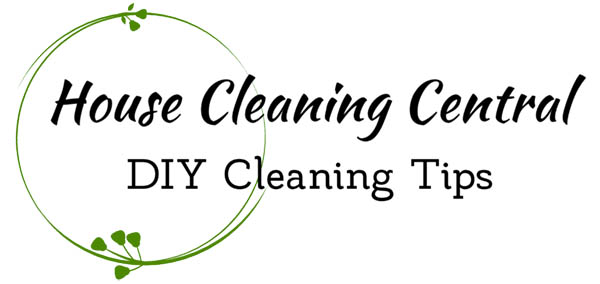Cleaning Linoleum Floors

How To Clean Linoleum Floors
The biggest problem is figuring out if you actually have a linoleum floor. People call all sheet-flooring linoleum just because linoleum was once the norm. It’s like calling all facial tissue “Kleenex,” even if it’s not actually Kleenex. Most sheet-flooring these days is vinyl or a vinyl blend. This is not genuine linoleum. Vinyl is a synthetic material. Linoleum is made of natural materials and requires different care.
What is Linoleum?
The word linoleum explains the materials with which it’s made. “Lin” is from linseed (“linium” is linseed in Latin) and “oleum” is Latin for oil. That’s your trivial fact for the day that you can use to impress friends and family. It’s true – linoleum flooring is made mostly of linseed oil. They boil down the oil, and then they add things like resins, powdered cork, ground limestone, maybe ceramics, other natural ingredients, and wood flour (yes, wood flour). Wood flour is basically really finely ground sawdust. Different pigments are added, which gives the mixture color, and then it is pressed and heated to form a sheet.
What’s the Difference between Linoleum and Vinyl?
Linoleum is made from natural ingredients, and vinyl is synthetic. The colors in linoleum flooring are from pigments that are actually in the mixture. Vinyl flooring is finished first in blank sheets. Then the design is stamped or printed onto the sheets. It is then sealed to protect the design. It’s like the difference between weaving in threads to make a pattern on clothing instead of just printing a design on solid color clothing.
Eventually, the vinyl sealant will wear off, and the print is going to fade or become damaged. Linoleum flooring can actually get deeper in color and often prettier when it’s exposed to sunlight instead of fading because the materials are all natural.
Waxing vs. Sealers
Most manufacturers suggest a polish or wax for linoleum floors to protect the flooring. Vinyl floor manufacturers usually recommend against wax, especially once the protective sealant wears down. If you don’t know what kind of floor you have (linoleum or vinyl), you can either scrape off a layer with a razor blade (in an inconspicuous area!) to see if the design comes off (indicating that it’s vinyl), or you can just buy polishes that are safe for both linoleum and vinyl floors. Vinyl floors usually require resealing once the sealant wears down, and linoleum floors only require wax or polish. Never apply a sealant to a waxed floor or you could lock in wax build-up!
Pros and Cons of Linoleum Flooring
Pros:
- Linoleum flooring is natural and biodegradable
- Linoleum is fairly easy to maintain
- Linoleum is tough and long-wearing because its design goes through all the way to a woven backing (instead of vinyl that’s printed)
- Any yellowing from being hidden from light (floors under appliances, for example) will “bloom” or come back to normal coloring with exposure of light
- Linoleum doesn’t get scratched as easily as vinyl, and when it is scratched, the pattern doesn’t wear off since it’s embedded
Cons:
- Like wood, linoleum is sensitive to water and acidic chemicals like vinegar
- You have to wax it more often than you have to seal vinyl flooring
- Warranties aren’t as long as newer, high-tech vinyl
Additional Linoleum Tips
- When you can, use only damp mops to clean linoleum flooring. They will help the polishes or waxes last longer and keep abrasive chemicals from damaging the floor
- Linoleum is known for getting black marks or scuff marks from shoes. If this occurs, try to remove the marks with a pencil eraser. If this doesn’t work, apply a little baby oil – just a few drops, let it sit for a few minutes, and then wipe it off completely
- You should never use linoleum in bathrooms, and care should be taken in kitchens to wipe up spilled water quickly
- Rubber and latex rug backings can stain linoleum floors. You should get a colorfast rug with no backing or a completely natural backing
- You should use colorfast, felt circles under chairs and table legs to avoid stains, marks, and scratches
- Two-in-one cleaning and waxing products don’t clean or wax as well as two separate products
- Closely follow directions of wax strippers and don’t strip your floors more than once a year
- Put plastic protectors underneath live plants to avoid water damage, and move them around periodically to avoid yellowing from lack of light exposure
- Wet disposable mops do not clean as well as a mop and solution, and they are more likely to damage your floor than a damp mop cleaning. Use them dry or not at all
- Permanent stains can usually be buffed out with a nylon brush. Clean afterward and then use a protective polish to bring back shine
- Larger stains can usually be replaced with an almost seamless appearance by a professional

